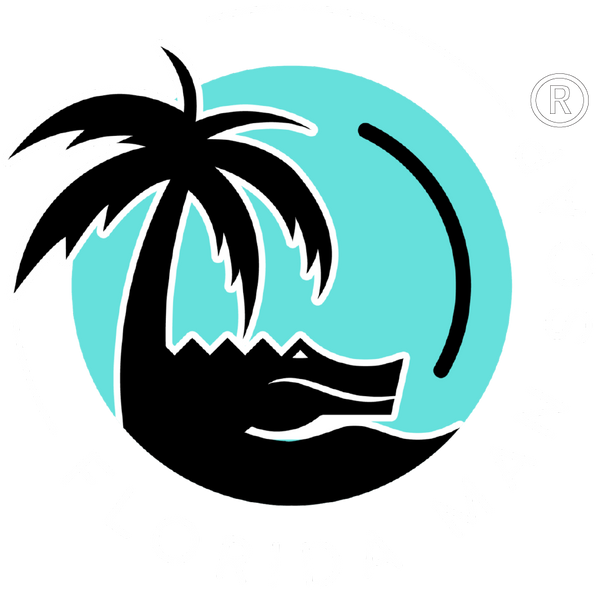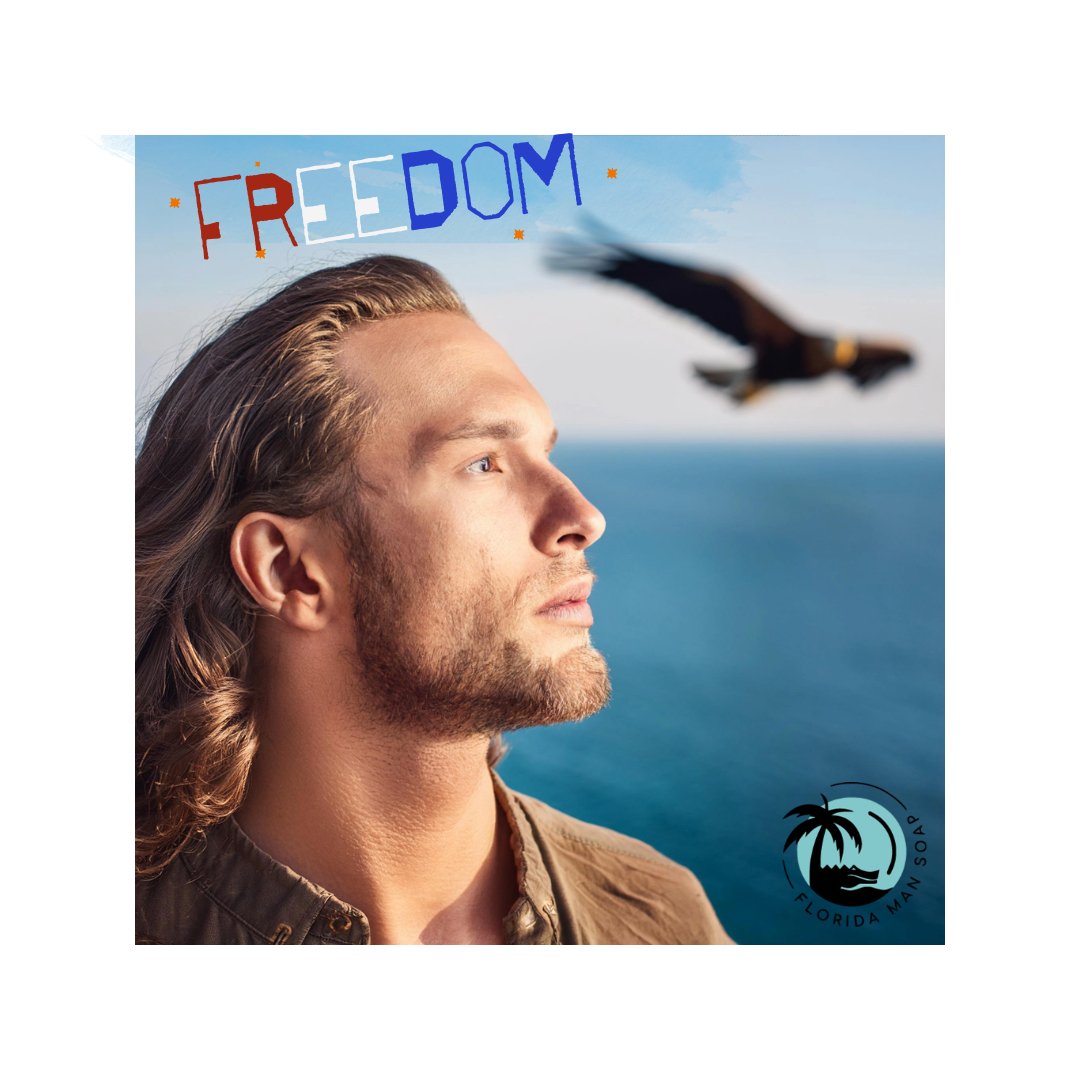What does comedogenic mean, and how does it effect you?
Non-Comedogenic means skin friendly. To clarify further, it's typically neutral, nothing being altered, or if it does alter, its in a positive aspect. Such as moisturizing and nourishing.
Comedogenic means there is a likelihood of causing an adverse or unwanted reaction for your skin. Examples are irritation, redness, acne/breakouts and clogged pores, itchiness, dryness and skin sensitivities.
Some examples of non-comedogenic ingredients are: typically surfactants, saponified soap (traditional REAL soap, not synthetic bars), however, synthetic bar soap may also be comedogenic, synthetic doesn't always mean bad (for example, essential oil can be more problematic for your skin than synthetic scents, natural doesn't always equal better). Oil's/Butters that are commonly found in skin care specifically and are good for your face are: Argan, Jojoba, Shea Butter, Olive, Babassu, Prickly Pear, Rice Bran, Meadowfoam (there are many other oils but these are probably most commonly known).
Comedogenic ingredient oil/butter examples are: Coconut, Palm, Cocoa Butter, Flax Seed, Marula, Soybean.
For Men, most of our face washes you find out there have coconut oil in them. So does face lotions. So unless you have non-sensitive ultra awesome skin that never breaks out, coconut and palm oil are a NO-GO.
Most of your products you find out there, Men or Women's alike, will have Coconut Oil or Palm.
At Florida Man Soap we avoid Palm Oil completely. We use Babassu which has a lower rating on the comedogenic scale. And coconut we do not use in any facial products. Only our traditional cold process saponified soap bar's, which are meant for the body (neck down).
One caveat to Face Wash and the comedogenics, is that is the oil has been saponified or altered or refined/processed to a point to be lower on the comedogenic scale, than it will be less likely to cause any issues.
However, how would you know? You turn the product around, look at ingredients, coconut oil is either the first, second or third ingredient, or maybe coconut AND palm are on there at the very top, and it doesn't mention anything about its state.
One key ingredient to look for which may indicate saponification is sodium hydroxide and/or lye. If that is mentioned, then there is a chance the oil has been altered. This is not always the case however, many products include sodium hydroxide/Lye as a hair softener and there may not be enough of it to saponify the oil's. There's really no way to know. You could contact the manufacturer and hope they give you an answer.
So be keen when looking for the best face wash. Regardless if you have sensitive skin or not. Your face is more sensitive than the body, no matter if you are Hercules himself or just a man doing man things.
RECOMMENDATION:
Be sure to look for FACE friendly ingredients such as Argan, Jojoba, Meadowfoam, Shea Butter or Rice Bran for FACE LOTION and for FACE WASH.
We further recommend your face wash does not include ANY oil's regardless of comedogenic rating but rather surfactants such as coco glucoside, coco betain or decyl glucoside. There are other surfactants (natural and synthetic) as well beyond these three. But you want to CLEAN and WASH your face. Oil is more of a moisturizing, protecting, conditioning agent to apply after washing. Just like shampoo is to conditioner.
Clean out all the grime and dirt, then condition it. For the face, you really just want to add a very small amount of lotion or a light oil such as meadowfoam or jojoba after washing it.

